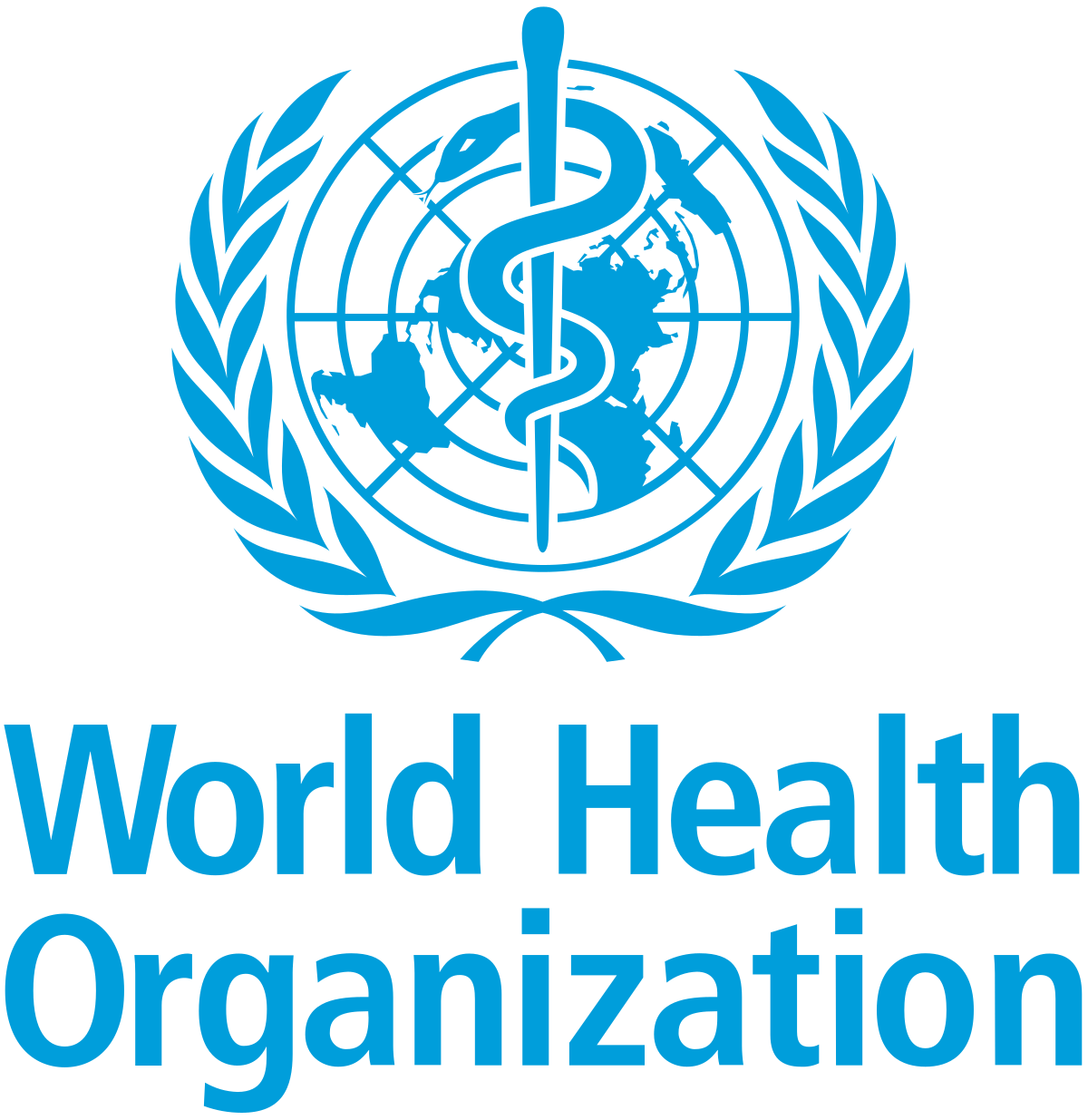Chukwu Obinna
The World Health Organisation (WHO) has released a landmark framework to accelerate the development of faster, affordable diagnostic tools for neonatal sepsis, a major yet often undetected cause of infant deaths globally.
In a statement published on WHO’s website on Wednesday, the new Target Product Profile (TPP) aims to guide the creation of effective diagnostic tests for use in low-resource settings, where current tools remain too slow, costly, or technically demanding.
“Neonatal sepsis is a silent emergency. It kills quietly in settings without lab support,” said the Head of WHO’s Antimicrobial Resistance Surveillance Unit, Dr Silvia Bertagnolio. “This TPP will help developers design rapid, accurate tests that reduce unnecessary antibiotic use and save newborn lives.”
Globally, 2.3 million newborns die each year, with 15% of these deaths linked to sepsis. WHO estimates that 84% of infection-related neonatal deaths are preventable with early diagnosis and timely care. However, delays from conventional diagnostics like blood cultures and molecular tests have hindered progress, particularly in primary care centres in low- and middle-income countries (LMICs).
The WHO’s TPP outlines critical and desirable features for in vitro diagnostics for newborns aged 0–59 days, covering two clinical scenarios: use at primary health facilities and referral centres.
WHO’s Director of Antimicrobial Resistance, Dr Yvan J-F. Hutin, emphasised: “Effective diagnostics are key to combating antimicrobial resistance and preventing needless deaths from treatable infections.”
Developed in collaboration with global diagnostics non-profit FIND, the profile targets manufacturers, regulators, and ministries of health aiming to integrate lifesaving diagnostics into maternal and child health systems.
The WHO urges swift action by public and private sector partners to translate this guidance into tools for the frontlines of neonatal care.



